If Combat End but the Duration for Hex Hasn t Run Out Can You Continue It to the Next Encounter
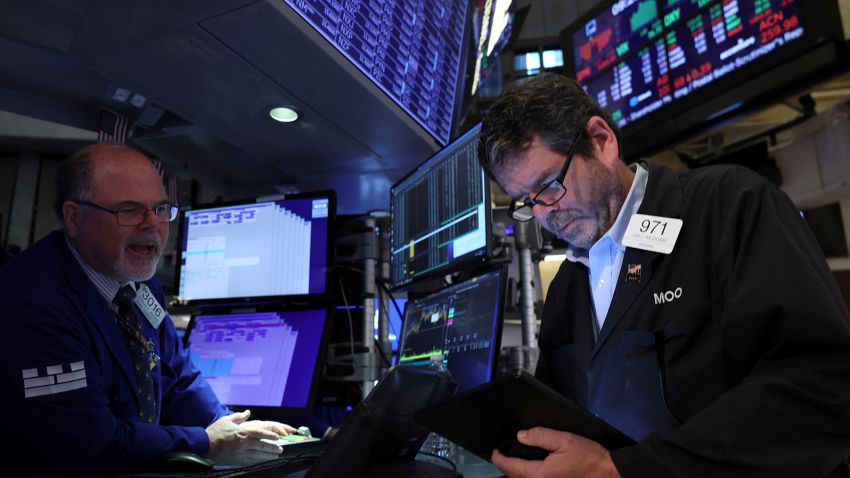
Markets expert: It's time to play defense
01:13 - Source: CNN Business
Markets and Investing 15 videos
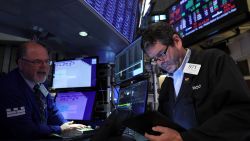
Markets expert: It's time to play defense
01:13
Now playing
- Source: CNN Business

'Dr. Doom' explains why the Fed will lose its inflation battle
02:41
Now playing
- Source: CNN Business

Jobs economist: Worker shortage may keep inflation high
01:14
Now playing
- Source: CNN Business

StockX CEO: Here's how we authenticate sneakers, trading cards before sale
01:38
Now playing
- Source: CNN Business
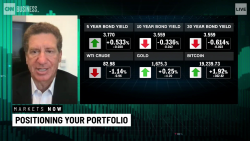
Investor shares 3 things you should do right now in this market

Buying or selling a home? Hear what this economist has to say about prices

Is a recession coming? Look to corporate earnings
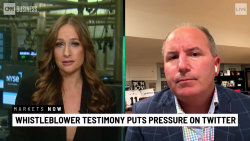
4 ways Twitter and Musk court battle could end, explained

Billionaire businessman explains how to invest like the best
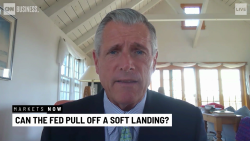
Strategist: Here's why the Fed could still pull off a 'soft landing'
01:41
Now playing
- Source: CNN

Klarna CEO on 'buy now, pay later' competition from Apple
02:19
Now playing
- Source: CNN
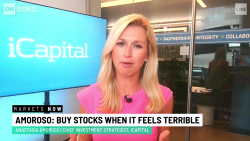
Strategist explains why you should 'buy stocks when it feels terrible'
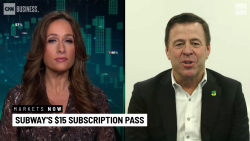
Your next subscription could be to Subway. Its CEO explains how it'll work
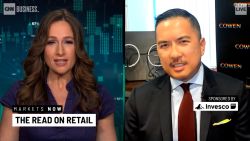
Walmart vs. Target: A tale of two retail results
02:19
Now playing
- Source: CNN Business

Does Wall Street understand Netflix?
No one wants to run out of money before they die.
But making sure your nest egg will last is a challenge because you're dealing with a lot of unknowns: How long will you live? Will you face costly health crises? How will the market and the economy perform while you're in retirement?
That makes it difficult to figure out how much you can take every year from your portfolio and not outlive your money. But there are various rules of thumb to help you gauge a sustainable withdrawal rate.
These rules are typically derived from complex simulations based on historical returns, economic projections, and assumptions that you will live 30 years in retirement and have a balanced portfolio of either 50-50 or 60-40 stocks to bonds.
The end result should give you a very high probability (85% to 90%) that you won't deplete your portfolio before you die. That means it won't go to zero. But it also means you could die with as much, if not more, money than you started with.
Keep in mind, though, any rule of thumb is simply a guidepost because the best answer for you will depend on your individual situation.
One rule is a "percent of portfolio" withdrawal strategy. You take 4% or 5% of your portfolio every year no matter what. You don't adjust for inflation or market performance. Say you choose 5% and have a starting portfolio of $1 million. If the portfolio falls to $800,000, your annual withdrawal drops from $50,000 to $40,000. If the portfolio grows to $1.2 million, it increases from $50,000 to $60,000.
A more complicated but flexible strategy that might be easiest to employ if you're working with a financial adviser is called the "dynamic spending rule." Generally speaking you set a floor and a ceiling for your annual withdrawal rates based on the size of your portfolio when you start retirement and each subsequent year's withdrawal rate falls within that range on the basis of market performance. (For more details on this strategy, check out Vanguard's analysis. In one example the report uses a $40,000 initial withdrawal on a $1 million portfolio. By the next year, the withdrawal could be as high as $42,000 or as low as $39,000.)
Perhaps the best known rule of thumb is the "4% rule" – derived by financial adviser William Bengen in the mid-1990s, who subsequently revised his recommendation to 4.7%. Based on the size of your portfolio when you retire, you withdraw 4% of that total amount for the first year. So if you have $1 million, you withdraw $40,000. Then you adjust that amount for inflation in each subsequent year. If there's 3% inflation, you withdraw $41,200 in Year 2. Then you adjust that amount for inflation in Year 3 and so on.
Given current market and economic conditions – both stocks and bonds have been in bear market territory and inflation is high – coupled with anticipation that market returns and economic growth may be more moderate in the next several decades, Morningstar and Vanguard suggest the 4% level may now be too aggressive. A more sustainable withdrawal rate might be 3.3%, according to Morningstar, or between 2.8% and 3.3% according to Vanguard.
Bengen attributes the difference between his recommendation and Morningstar's partly to how long each assumes market returns will be tempered. Meanwhile, he's keeping an eye on inflation to see if he needs to rethink his 4.7% recommendation.
"If inflation persists through the end of this decade at much higher levels, the 4.7% rule might have to be adjusted," he told CNN Business. "Since the outcome is still in doubt, I recommend that folks adopt a more conservative withdrawal rate, perhaps 4.5%, until this is all sorted out."
As you can see, there is no general consensus among financial experts on the best withdrawal rate to insure you don't run out of money but also have a good living standard in retirement.
With any of the strategies, you could die with $1 in your portfolio or $5 million. "It's like the cone of uncertainty in a hurricane," certified financial planner Mari Adam said. "Every year you have a certain amount of error."
A recent analysis by JPMorgan found that applying the 4% rule to rolling 30-year historical periods since 1928, investors ended up with five times the amount of money they started with roughly a quarter of the time.
"This may be a positive outcome if an investor's goal is to leave a legacy. It may be a poor outcome if lifestyle sacrifices were made along the way to keep spending low relative to how the portfolio was performing over time," the bank's report said.
Adam has found that people either don't take out nearly enough, if anything, or they just blithely assume a withdrawal strategy of 10% a year is a good strategy. (It is not, she noted.)
For her clients, she recalculates their withdrawal rates every year based on market performance and other factors. But for those not working with an adviser, she recommends keeping things very simple.
"I've never seen anyone go broke taking 5% a year (and not adjusting for inflation)," she said.
Generally speaking she thinks the 4% rule is a fair guardrail against people just taking what they feel like. But she doesn't recommend always adjusting for inflation.
"I'm as comfortable with that 4% as any other number – just don't bump it up by inflation without looking. If inflation is up 10% this year and the market is down I wouldn't try to hold your spending to the same [inflation-adjusted] level."
What ultimately will make your retirement financially secure is not whether you withdraw 3%, 4% or 5%, Adam said. It's whether you use the levers at your disposal to lessen your need to drain your portfolio just to cover expenses. That could mean, for instance, retiring a little later, working part-time in retirement, delaying Social Security until age 70 or downsizing your home.
So, she added, don't sweat the withdrawal rate question too much. "If you live 30 years, [you can correct] if you take too much one year."
lecomptehathistordis90.blogspot.com
Source: https://www.cnn.com/2022/10/10/business/money/how-much-can-you-withdraw-from-savings-in-retirement/index.html
0 Response to "If Combat End but the Duration for Hex Hasn t Run Out Can You Continue It to the Next Encounter"
Post a Comment